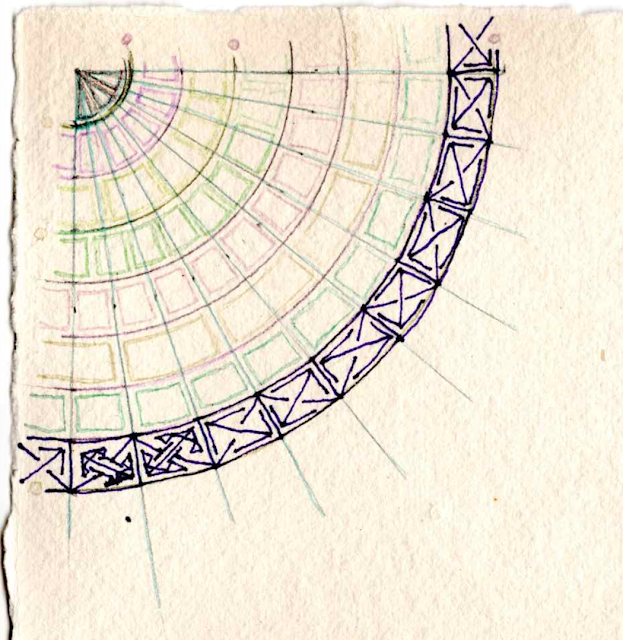Drawing Together - 2025 02 08
Last Thursday my friends, Virginia and Kathy, joined me at the dining table to draw and talk. We are all women of a certain age. Our children are adults, making their ways in their lives and taking care of their own families. As we sat at the table, we shared glimpses into our life histories, comparing notes and finding similarities and differences in the experiences that shaped our sense of self and and our sense of our place in the world. We all remembered how old we were when we were allowed to wear pants instead of dresses to school.
We read from the Preface of Ellen Dissanayake's 1988 book, 'What is Art For?' (Dissanayake, 1995). In this book she lays out her argument for the biological necessity of the arts in fostering self-sustaining human social cohesion. Dissanayake dared to challenge patriarchal constructs of our understanding of the role of the arts in our lives. According to Dissanayake, our art-making and art-appreciating activity is integral to our ability to bond, to form trusting relationships, to understand our humanity and our place in the world. Our art-making increases our breadth of perception and our depth of understanding of current conditions to enable us to identify points of friction or gaps in understanding. Our creative processes exercise our imaginations and increase our capability to theorize, to formulate solutions and to test hypothesis toward reducing risk and the impact of adverse conditions on our survival. In short, our art-making activities are essential to our survival as a species.
It is not difficult to understand the relationship between art-making, aesthetic appreciation, and biology. Our biology is in a constant process of receiving inputs from our environment, processing them against pervious experience, and formulating a response (fight, flight, stand still, move closer). Even our response to different colours is biological, our perception of colour was the result of physiological evolution. The colours we see today were not always the colours we could perceive, our eyesight and colour perception have evolved over time.
It is also not difficult to understand the relationship between art-making, aesthetic appreciation and emotion. We are moved by music to weep, to dance and to march. We are moved by poetry to contemplate the deeper meaning of everyday events. We are moved by pictures to imagine the lives of others, to put ourselves in someone else's shoes. Intrinsically linked with these engagements is emotion: sadness, happiness, anger. Emotion is also biological, our blood pressure rises, our skin flushes, our pupils dilate with increased emotional intensity.
Dissanyake can help us understand why it is essential for us to gather and share in the art-making and art appreciation, to be involved in creative works.
In a time when we are flooded with disinformation, propaganda and neurotargeting designed to foster distrust and alienation, spending time on our creative works is a way to inoculate ourselves from these invasions of privacy. Spending time on our creative works in social gatherings amplifies the impact and helps us remember we are not alone.
It has become a social and biological necessity for us to allocate time and energy to our creative works. It is essential for our survival.
Di
Dissanayake, E. (1995). What is art for? (3. print). Univ. of Washington Pr.




Comments
Post a Comment